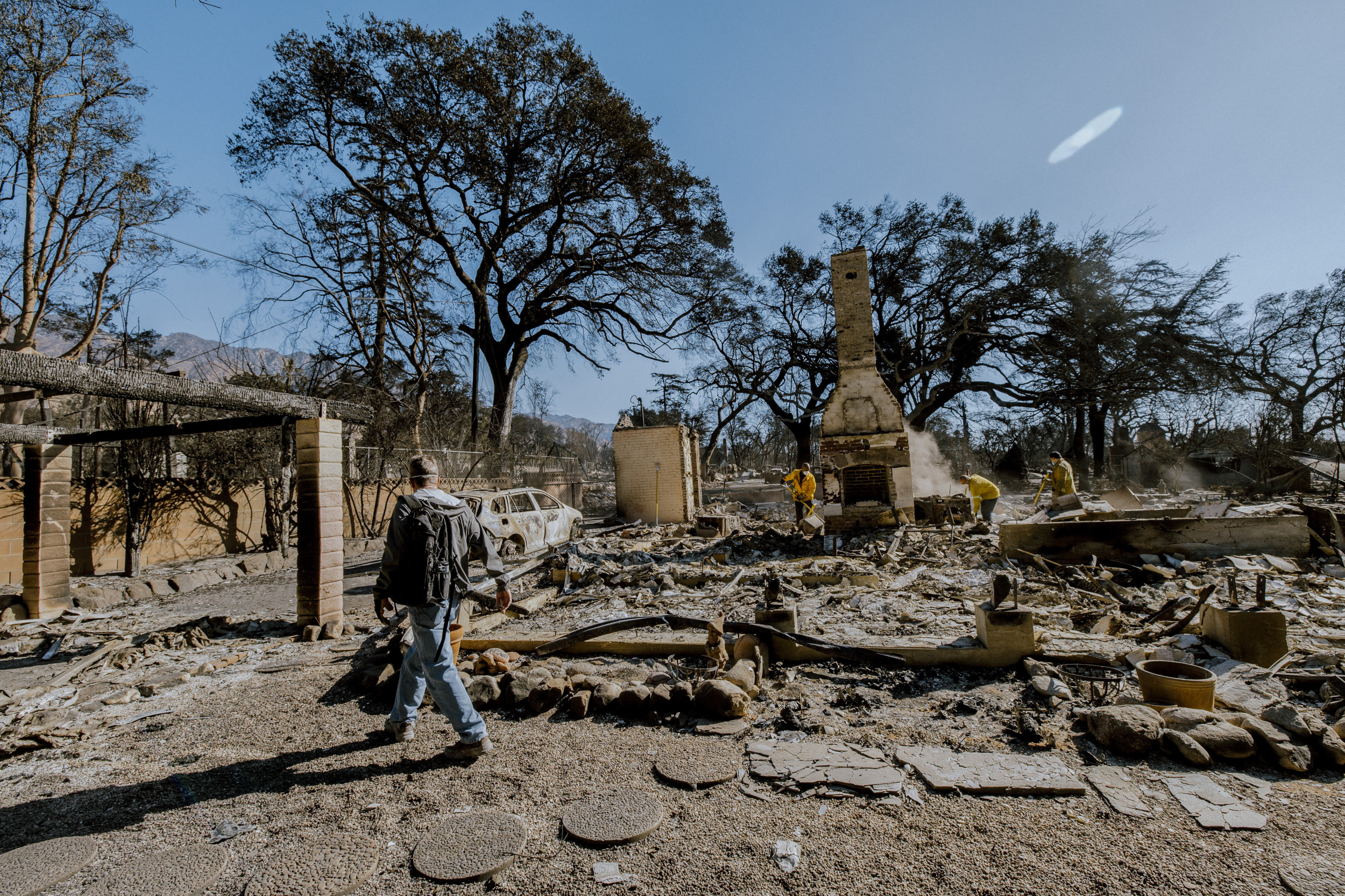A legal challenge in Pennsylvania over the viability of a particular manufacturer’s voting system has ended in a settlement that advocates say will boost accountability and transparency by requiring election officials to record and publicly report problems with voting machines.
The election-security advocates who sued say such a requirement will provide a contemporary account of which voting machines are working well and which ones aren’t — information that can benefit every state.
Some election officials also see the potential to help suppress conspiracy theories and misinformation about voting machine malfunctions that can fester on Election Day and in the days after when votes are being counted.
Others worry, though, about the breadth of what must be reported and if it could be used to undermine confidence in elections. Pennsylvania, a key presidential battleground state, was buffeted by conspiracy theories, misinformation and lawsuits in 2020 by Republican Donald Trump and his allies in a bid to overturn Democrat Joe Biden’s victory there.
The federal Election Assistance Commission requires manufacturers to report malfunctions to it, but the groups and advocates who sued Pennsylvania say they were unaware of a similar state-level public reporting requirement.
“You can have rumors swirling around, or you can have facts on the ground and real transparency and real accountability, and that’s why this new requirement is a big advance,” said Rich Garella, who sued Pennsylvania in 2019 along with the National Election Defense Coalition, Citizens for Better Elections and 12 other people.
In a statement, Gov. Josh Shapiro’s top election official, Secretary of State Al Schmidt, said the settlement “will provide additional public transparency” into voting systems used in Pennsylvania.
The settlement was filed in court last week.
The original lawsuit, filed in late 2019, grew out of complaints about the ExpressVote XL touchscreen system made by Omaha, Nebraska-based Election Systems & Software, that had just been bought by three jurisdictions in Pennsylvania, including Philadelphia.
The suit had sought to prevent the use of the systems in Pennsylvania, but state officials defended their certification of the system.
Weeks earlier, ES&S had said that badly undercounted returns in a judicial race in Pennsylvania’s Northampton County resulted from human errors in formatting the ballot.
Meanwhile, Garella’s group, Protect Our Vote Philly, said it ran into a time-consuming and complicated process when it sought to get records on reports of problems on the ES&S equipment in Philadelphia’s November 2019 election.
“The officials who choose to buy these systems are not necessarily going to be forthcoming,” Garella said. “So it’s a great improvement for transparency for the public to be able to see what problems were reported and how they were handled and maybe how they should be handled and corrected for the future.”
Under the settlement’s malfunction reporting requirement, counties must compile a record of all malfunctions reported to it that prevented or delayed voting, vote-counting or reporting results.
Counties will have 60 days to give reports to the state. The state will have another 45 days to post them publicly. Reports are to include a description of each malfunction, who reported it, its effect on voting and whether and how it was resolved.
The requirement takes effect with this November’s election and lasts through 2028. Shapiro’s Department of State said it will give guidance to counties on what must be reported.
Election officials say malfunctions on software and electronic voting systems are not necessarily uncommon, but, they say, many problems end up being caused by a mechanical glitch, a defective ballot or a mistake by an election worker.
Kevin Skoglund, president of Citizens for Better Elections, said the settlement is clear that counties must include every known incident that affects voting, counting or reporting results — and the county can explain if there was a misunderstanding. That would include the Northampton County incident, Skoglund said.
Tim Benyo, the director of elections in Lehigh County, said he didn’t foresee much of a burden. Further, it could provide more transparency and confidence in elections if it gives people a better understanding of how they are run, Benyo said.
A number of counties said they were waiting to see what they will be required to report.
“It’s a good concept, but the details are going to impact how much we’re going to have to try to track,” said Jim Allen, Delaware County’s elections director. “If a scanner simply jams, that’s not a malfunction. That could be caused by user error.”
Eddie Perez, a veteran of the voting technology industry and a board member at the OSET Institute, a nonprofit organization dedicated to improving election technology, said the settlement has good goals.
But, Perez said, the state must write clear reporting guidelines and create rigorous standards for training county election workers.
“With election denialism alive and well and in this current environment, I think it would be naïve for the parties in this settlement to ignore the possibility that bad quality reporting and bad quality data could be spun in a way that harms public confidence,” Perez said.
























/cdn.vox-cdn.com/uploads/chorus_asset/file/25822586/STK169_ZUCKERBERG_MAGA_STKS491_CVIRGINIA_A.jpg)

/cdn.vox-cdn.com/uploads/chorus_asset/file/25821992/videoframe_720397.png)



